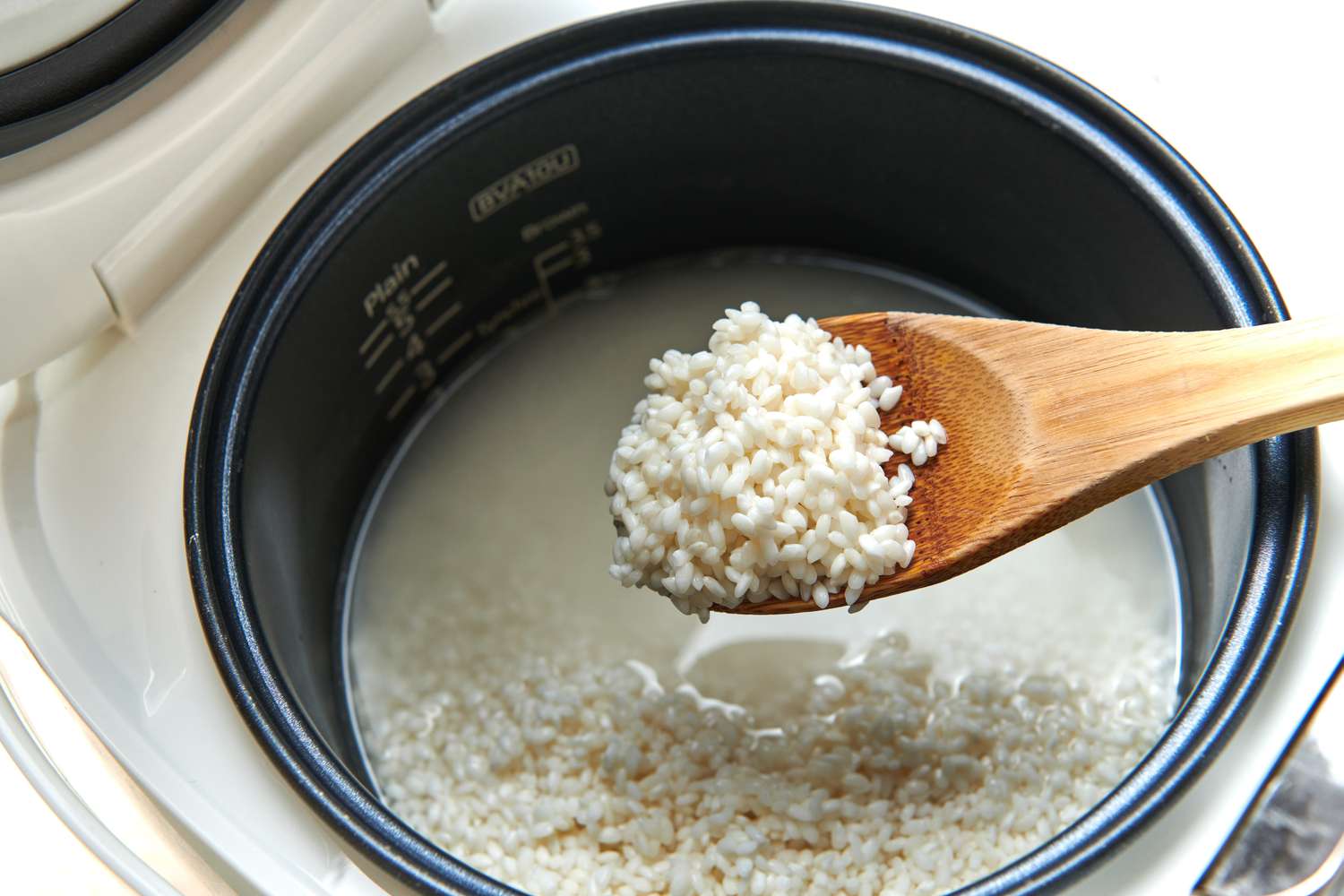

Articles
Why Is My Rice Sticky In The Rice Cooker
Modified: August 24, 2024
Discover why your rice is sticky in the rice cooker with these informative articles. Learn simple tips and tricks to cook perfect rice every time.
(Many of the links in this article redirect to a specific reviewed product. Your purchase of these products through affiliate links helps to generate commission for Storables.com, at no extra cost. Learn more)
Introduction
Cooking rice can seem like a simple task, especially when using a rice cooker. However, if you’ve ever ended up with sticky rice instead of fluffy grains, you may be left wondering what went wrong. Sticky rice can be frustrating to deal with, as it clumps together and lacks the desired texture. In this article, we will explore the reasons why your rice may be sticky when cooked in a rice cooker and provide valuable tips to achieve perfectly cooked, non-sticky rice.
The rice cooker is a versatile kitchen appliance that takes the guesswork out of cooking rice. It allows you to effortlessly cook fluffy rice without having to constantly monitor the stove. The inner pot of the rice cooker is designed to evenly distribute heat, giving you consistent results each time you cook rice.
However, despite its user-friendly design, there are certain factors that can lead to sticky rice when using a rice cooker. Understanding these factors will help you troubleshoot and achieve the desired outcome of perfectly cooked, non-sticky rice.
There are several reasons why rice may become sticky when cooked in a rice cooker. One common factor is the starch content found in rice grains. Rice contains two types of starch: amylose and amylopectin. The amylose starch keeps the rice grains separate and fluffy, while the amylopectin starch is responsible for the stickiness. The ratio of amylose to amylopectin differs among different types of rice, with short-grain rice having a higher amylopectin content, making it more prone to stickiness.
Furthermore, the cooking process itself can affect the stickiness of rice. Rice requires the right amount of water and the appropriate cooking time to achieve the desired texture. Failing to follow these guidelines can result in sticky, undercooked, or overcooked rice.
In the next sections, we will explore common mistakes made when cooking rice in a rice cooker, and provide valuable tips to prevent sticky rice. We will also discuss how to adjust the rice cooker settings to achieve non-sticky rice. Let’s dive in!
Key Takeaways:
- Understanding the type of rice, water-to-rice ratio, and cooking time are crucial in preventing sticky rice when using a rice cooker. By following specific tips and avoiding common mistakes, you can achieve perfectly cooked, non-sticky rice every time.
- Adjusting the rice cooker settings, experimenting with different rice varieties, and considering other factors like rice storage and water quality can further help in preventing sticky rice. With practice and attention to detail, you can confidently cook fluffy, non-sticky rice to complement your favorite dishes.
Understanding the Rice Cooker
The rice cooker is a staple kitchen appliance in many households, especially in Asian cuisines where rice is a main staple. Understanding how the rice cooker works can help you better utilize its features and prevent sticky rice.
A rice cooker typically consists of a main unit with a heating element, a removable inner pot, and a lid. The heating element is responsible for providing the heat necessary to cook the rice, while the inner pot is where the rice and water are placed for cooking. The lid helps to trap the steam inside, creating a sealed cooking environment.
The inner pot of a rice cooker is usually made of non-stick material, which prevents the rice from sticking to the surface and allows for easy cleaning. This non-stick coating is crucial in preventing sticky rice, as it ensures that the cooked rice does not cling to the pot and form clumps.
Most rice cookers have different settings to accommodate various types of rice, such as white rice, brown rice, or even sushi rice. These settings adjust the cooking time and temperature to ensure optimal results for each type of rice. Some advanced rice cookers even have additional features like a delay timer or a keep warm function.
The key to using a rice cooker effectively is to understand the water-to-rice ratio. Different types of rice require different amounts of water to cook properly. Generally, the ratio is about 1:1.5 or 1:2 (one cup of rice to one and a half or two cups of water). Refer to the manufacturer’s instructions or rice cooker manual for the recommended water-to-rice ratio for the specific type of rice you are using.
When cooking rice in a rice cooker, it’s important to note that the cooking time may vary depending on the quantity of rice being cooked. Larger quantities of rice may require a longer cooking time to ensure that all the grains are properly cooked and not undercooked in the center.
Understanding the basics of how a rice cooker operates and the importance of the water-to-rice ratio will help you achieve better control over the cooking process and minimize the chances of ending up with sticky rice.
Now that we have a better understanding of the rice cooker, let’s explore the factors that can make rice sticky when cooked in this appliance.
Factors That Can Make Rice Sticky
Several factors can contribute to sticky rice when cooked in a rice cooker. By understanding these factors, you can take proactive measures to prevent sticky rice and achieve perfectly cooked grains.
1. Type of Rice: Different types of rice have varying levels of starch content, which directly affects the stickiness of the cooked rice. Short-grain rice, such as sushi rice or sticky rice, has a higher amylopectin starch content, making it naturally stickier when cooked. Long-grain rice, like basmati or jasmine rice, has a higher amylose starch content, resulting in fluffier and less sticky grains.
2. Water-to-Rice Ratio: The water-to-rice ratio is one of the most crucial factors in rice cooking. Adding too little water can result in undercooked and dry rice, while adding too much can lead to sticky and mushy rice. It’s important to follow the recommended water-to-rice ratio specified in your rice cooker manual or the instructions provided for the specific type of rice you are using.
3. Washing the Rice: Washing the rice before cooking helps remove excess starch on the surface, which can contribute to stickiness. Rinse the rice under cold water until the water runs clear before adding it to the rice cooker.
4. Quality of Rice: The quality and freshness of the rice can also impact its texture when cooked. Older or lower-quality rice tends to become stickier when cooked. Opt for high-quality rice to achieve better results.
5. Cooking Time: Overcooking the rice can make it stickier. Be sure to follow the recommended cooking time for the specific type of rice you are using. Once the rice cooker completes the cooking cycle, allow the rice to sit in the cooker for a few minutes to steam, which will help the grains separate and become less sticky.
6. Stirring the Rice: Avoid stirring or agitating the rice during the cooking process. This can cause the rice to release excess starch and become sticky. Keep the lid on and allow the rice cooker to do its job undisturbed.
7. Resting Time: Letting the cooked rice rest for a few minutes before serving can help reduce stickiness. This allows the grains to continue steaming and separate from each other.
By considering these factors when cooking rice in a rice cooker, you can take the necessary steps to minimize stickiness and achieve perfectly cooked, fluffy rice. In the next section, we will discuss common mistakes to avoid when cooking rice in a rice cooker.
Common Mistakes When Cooking Rice in a Rice Cooker
While cooking rice in a rice cooker is generally a straightforward process, there are several common mistakes that can lead to sticky rice. By being aware of these mistakes, you can avoid them and achieve better results in your rice cooking endeavors.
1. Incorrect Water-to-Rice Ratio: One of the most common mistakes is not using the correct water-to-rice ratio. Adding too little water can result in undercooked and hard rice, while adding too much water can lead to sticky and mushy rice. Always follow the recommended water-to-rice ratio given in your rice cooker manual or the instructions provided for the specific type of rice you are using.
2. Not Rinsing the Rice: Skipping the step of rinsing the rice before cooking can contribute to stickiness. Rinsing the rice helps remove excess starch on the surface, which can cause the grains to clump together. Take the time to rinse the rice under cold water until the water runs clear before adding it to the rice cooker.
3. Disturbing the Rice During Cooking: Opening the rice cooker lid or stirring the rice during the cooking process can release excess starch and make the rice sticky. Keep the lid on and avoid stirring the rice while it is cooking to allow the rice cooker to maintain the desired cooking conditions.
4. Not Allowing the Rice to Rest: After the rice cooker completes the cooking cycle, it’s important to let the rice rest for a few minutes before serving. This allows the grains to continue steaming and separate, reducing stickiness. Avoid rushing to open the rice cooker immediately after it finishes cooking.
5. Using the Wrong Type of Rice: Different types of rice have different characteristics when it comes to stickiness. Using the wrong type of rice for your desired outcome can result in sticky rice. For example, using short-grain rice like sushi rice or sticky rice when you prefer non-sticky rice may not yield the desired results. Choose the appropriate type of rice based on your preference.
6. Overcooking the Rice: Cooking rice for too long can make it stickier. Be mindful of the recommended cooking time for the specific type of rice you are using. It’s important to understand that rice continues to cook and steam even after the rice cooker turns off, so letting it sit in the cooker for a few minutes is essential.
By avoiding these common mistakes and paying attention to the details of rice cooking in a rice cooker, you can ensure better results and enjoy fluffy, non-sticky rice. In the next section, we will provide valuable tips to prevent sticky rice when using a rice cooker.
Add a teaspoon of oil to the rice and water before cooking to prevent it from becoming sticky in the rice cooker.
Tips to Prevent Sticky Rice in the Rice Cooker
To achieve perfectly cooked, non-sticky rice in your rice cooker, consider the following tips:
1. Use the Correct Water-to-Rice Ratio: Always follow the recommended water-to-rice ratio specified in your rice cooker manual or the instructions provided for the specific type of rice you are using. This ensures that you use the right amount of water to achieve the desired texture of the rice.
2. Rinse the Rice: Before cooking, rinse the rice under cold water until the water runs clear. This helps remove excess starch on the surface of the rice grains, reducing stickiness.
3. Soak the Rice (optional): For some varieties of rice, soaking them in water for 30 minutes before cooking can help the grains cook more evenly and reduce stickiness. Check the instructions for the specific type of rice you are using to see if soaking is recommended.
4. Follow the Cooking Time: Be mindful of the recommended cooking time for the specific type of rice you are using. Overcooking can lead to sticky rice, while undercooking can result in hard and uncooked grains.
5. Avoid Disturbing the Rice: Once you start the rice cooker, avoid opening the lid or stirring the rice during the cooking process. This can release excess starch and make the rice sticky.
6. Let the Rice Rest: After the rice cooker completes the cooking cycle, let the rice rest with the lid on for a few minutes. This allows the steam to redistribute and the grains to separate, reducing stickiness.
7. Fluff the Rice: After the rice has rested, gently fluff it with a fork or rice paddle to separate the grains. This helps prevent clumping and ensures a light and fluffy texture.
8. Experiment with Different Rice Varieties: Not all rice types will result in non-sticky rice, even when cooked correctly. If you prefer non-sticky rice, opt for long-grain varieties like basmati or jasmine rice, which have higher amylose content and tend to be less sticky.
9. Store Rice Properly: If you have leftover cooked rice, store it in an airtight container in the refrigerator. When reheating, add a splash of water and gently fluff the rice to restore its texture and prevent stickiness.
By implementing these tips, you can increase your chances of achieving perfectly cooked, non-sticky rice in your rice cooker. However, if you’re still experiencing sticky rice despite following these tips, there may be other factors at play. Let’s explore some adjustments you can make to your rice cooker settings to further prevent sticky rice.
Read more: Why Is My Rice Cooker Bubbling
Adjusting Rice Cooker Settings for Non-Sticky Rice
If you’re finding that your rice is consistently sticky when cooked in your rice cooker, you may need to make some adjustments to the settings to achieve the desired non-sticky result. Here are some tips for adjusting your rice cooker settings:
1. Water Level: Experiment with slightly reducing the water level in your rice cooker. Start by reducing the water by about 10-15% compared to the recommended water-to-rice ratio. This can help reduce stickiness in the finished rice.
2. Cooking Time: Rice cookers have preset cooking times for different types of rice. However, these timings may not always be accurate for your specific rice cooker or preference. Consider reducing the cooking time slightly to ensure that the rice is cooked thoroughly but not overcooked and sticky.
3. Soaking Time: If your rice cooker has a soaking function, consider using it. Soaking the rice before cooking can help soften the grains and promote even cooking, resulting in non-sticky rice.
4. Keep Warm Function: Some rice cookers have a keep warm function that allows the rice to continue steaming after it is cooked. If your rice tends to be sticky, try reducing the time that the rice stays in the keep warm mode. Leaving the rice in the keep warm mode for too long can contribute to stickiness.
5. Cooking Temperature: If your rice cooker has adjustable temperature settings, consider lowering the temperature slightly. Lowering the cooking temperature can help prevent the rice from becoming overly sticky as it cooks.
6. Use the Rice Cooker’s “Steam” Function: If your rice cooker has a “steam” function, try using it instead of the regular cooking function. The steam function will provide gentle and even heat, allowing the rice to cook more evenly and reducing stickiness.
Remember, every rice cooker is different, so you may need to experiment with different settings to find the ideal configuration for non-sticky rice. Keep track of the adjustments you make and note the results to fine-tune your cooking process.
Lastly, it’s worth noting that although these adjustments can help minimize stickiness, some rice varieties naturally have a higher starch content and may still be slightly sticky even with optimal cooking conditions. Embrace the natural characteristics of different types of rice and adjust your expectations accordingly.
By adjusting your rice cooker settings and making slight modifications to the cooking process, you can increase your chances of achieving non-sticky, perfectly cooked rice. Don’t be afraid to experiment and find the settings that work best for your desired rice texture.
Other Possible Causes of Sticky Rice in the Rice Cooker
While the rice cooker itself and the cooking process play significant roles in determining the stickiness of the rice, there are a few other factors that may contribute to sticky rice. Consider these potential causes when troubleshooting your sticky rice situation:
1. Rice Varieties: As mentioned earlier, different types of rice have varying levels of amylose and amylopectin starches, which affect their stickiness. Even with proper cooking techniques, some rice varieties, such as short-grain or glutinous rice, are naturally stickier than others. If you prefer non-sticky rice, opt for long-grain varieties like basmati or jasmine rice.
2. Rice Storage: The storage conditions of your rice can impact its stickiness when cooked. If rice is stored in a humid environment, it can absorb moisture and become stickier. Ensure that your rice is stored in a cool and dry place to maintain its optimal texture.
3. Rice Quality: The quality of the rice you use can also affect how sticky it becomes when cooked. Older or lower-quality rice may have a higher starch content and tend to turn sticky. Choose high-quality rice for better results.
4. Cooking Vessel: While rice cookers are designed to prevent sticking, using a different type of pot or pan to cook rice can result in stickier grains. Non-stick inner pots in rice cookers are specifically designed to minimize sticking, so avoid using other pots that may not have the same non-stick properties.
5. Water Quality: The quality of the water used to cook the rice can impact its stickiness. Hard water, which contains high mineral content, can affect the texture of the rice. If you have hard water, consider using filtered or bottled water to cook your rice.
6. Rice Rinse Technique: The way you rinse the rice before cooking can also affect its stickiness. If you don’t rinse the rice thoroughly enough, residual starch can contribute to stickiness. Ensure that you rinse the rice under cold water until the water runs clear.
7. Rice Cooker Maintenance: Over time, the non-stick coating on the inner pot of your rice cooker may wear off, leading to stickier rice. It’s important to properly clean and maintain your rice cooker to prevent any build-up that may affect its performance. Follow the manufacturer’s instructions for cleaning and maintenance.
By considering these potential causes and making adjustments as necessary, you can troubleshoot sticky rice issues in your rice cooker. Remember to experiment with different rice varieties, water amounts, and cooking techniques to find the best approach for achieving non-sticky rice.
Now that you have a better understanding of the possible causes of sticky rice and how to prevent it, you can confidently cook rice in your rice cooker and enjoy perfectly cooked, fluffy grains every time.
Conclusion
Cooking rice in a rice cooker is a convenient and efficient way to prepare a staple food enjoyed by people around the world. However, achieving the perfect texture of non-sticky rice can sometimes be a challenge. By understanding the factors that can contribute to sticky rice and implementing the right techniques, you can overcome this hurdle and enjoy fluffy and delicious rice every time.
We explored various factors that can make rice sticky when cooked in a rice cooker, including the type of rice, water-to-rice ratio, and the cooking time. We also discussed common mistakes to avoid, such as not rinsing the rice or disturbing it during the cooking process. Additionally, we provided valuable tips to prevent sticky rice, such as adjusting the settings of the rice cooker, rinsing the rice, and fluffing the rice after cooking.
It’s important to note that different rice varieties have varying levels of starch content, which can impact the stickiness of the cooked grains. If you prefer non-sticky rice, consider using long-grain rice varieties like basmati or jasmine rice.
Lastly, we highlighted other possible causes of sticky rice, such as rice storage, rice quality, cooking vessel, water quality, rice rinse technique, and rice cooker maintenance. By being mindful of these factors and making the necessary adjustments, you can troubleshoot and find the best approach to achieve non-sticky, perfectly cooked rice in your rice cooker.
Remember, practice makes perfect when it comes to cooking rice. Don’t be discouraged if your first attempts result in sticky rice. With each cooking experience, you will gain valuable insights and fine-tune your technique to achieve the desired results.
By following the guidelines and tips provided in this article, you can confidently cook rice in your rice cooker and enjoy fluffy, non-sticky grains that perfectly complement your favorite dishes. So, go ahead, experiment, and savor the satisfaction of cooking the perfect rice every time!
Frequently Asked Questions about Why Is My Rice Sticky In The Rice Cooker
Was this page helpful?
At Storables.com, we guarantee accurate and reliable information. Our content, validated by Expert Board Contributors, is crafted following stringent Editorial Policies. We're committed to providing you with well-researched, expert-backed insights for all your informational needs.
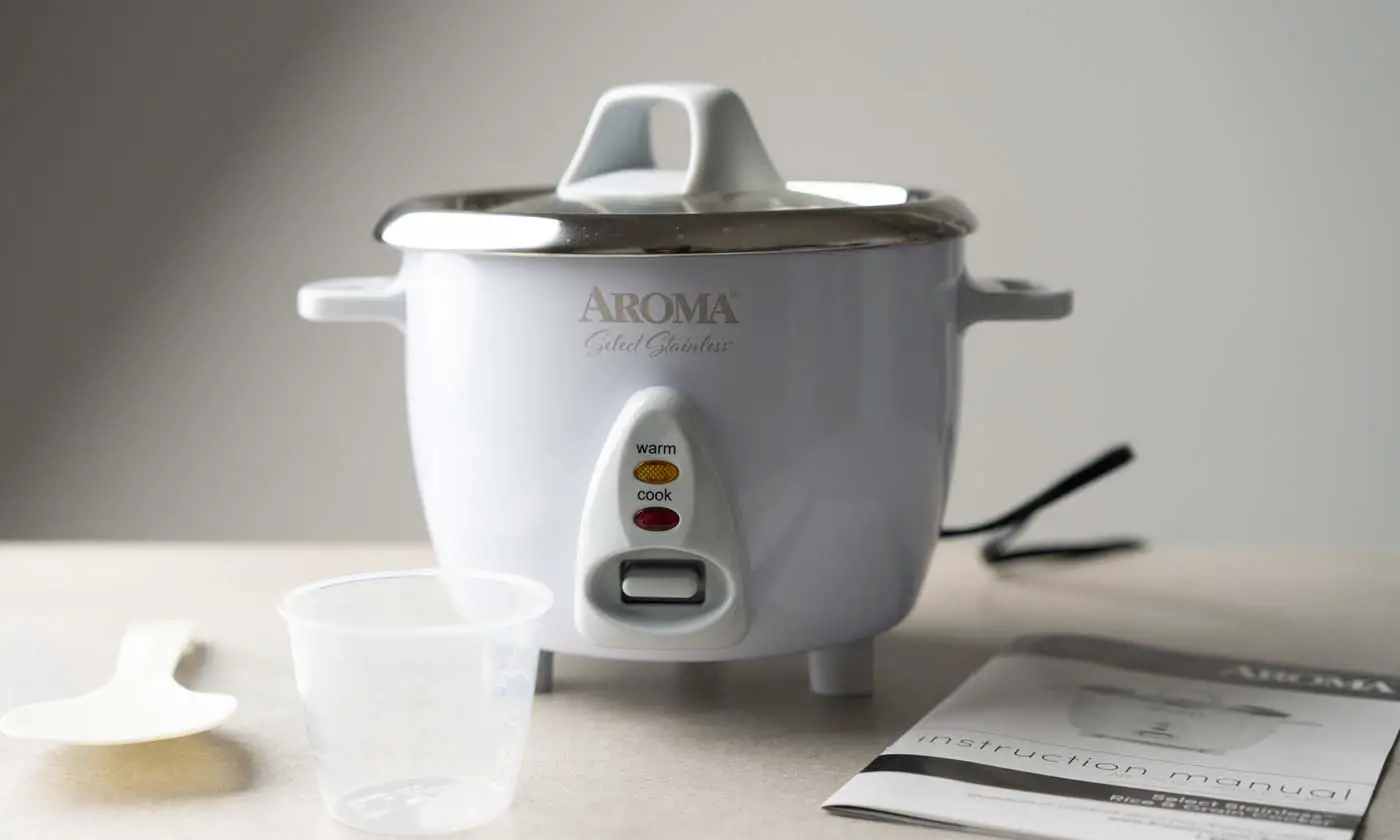
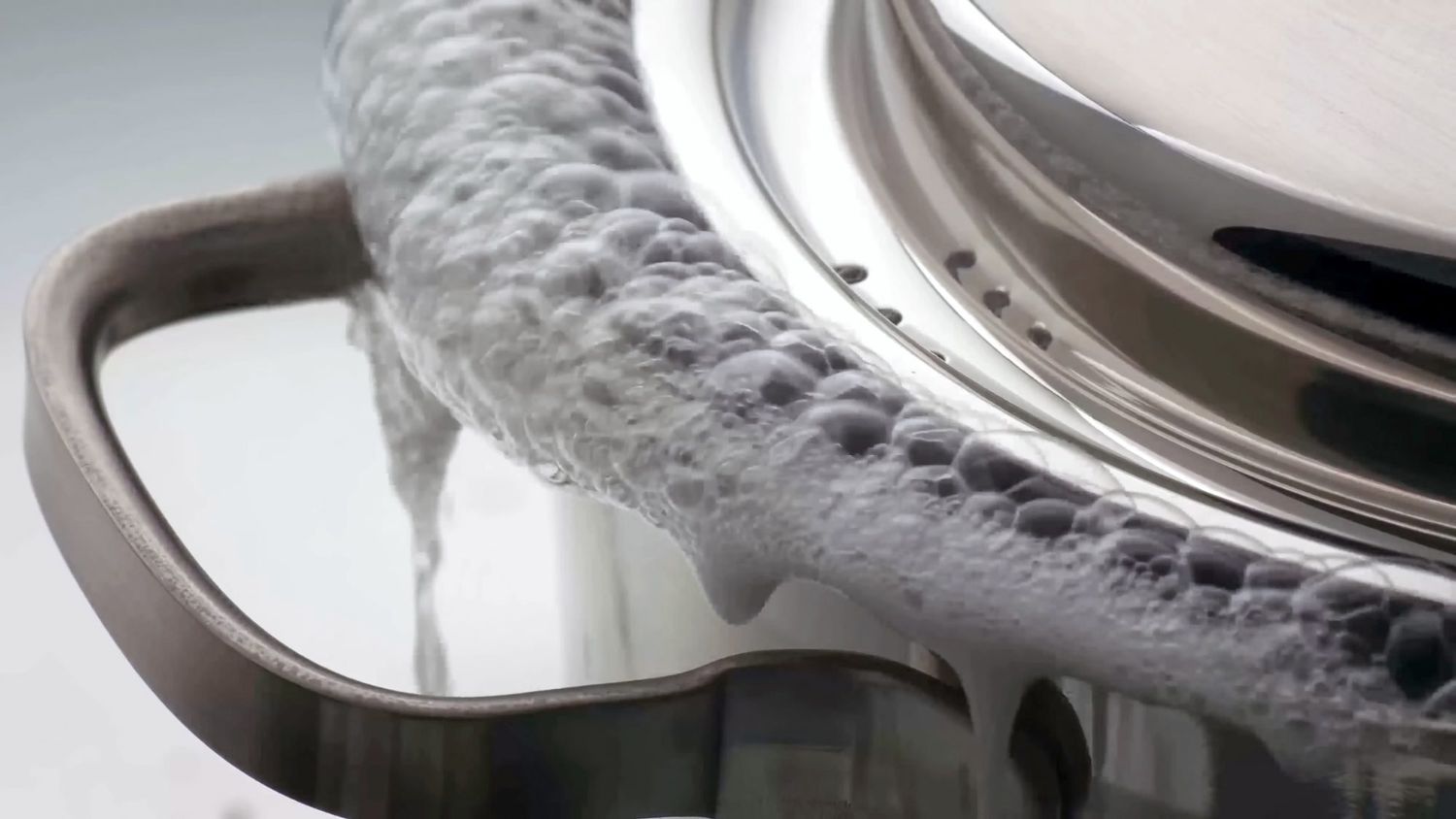
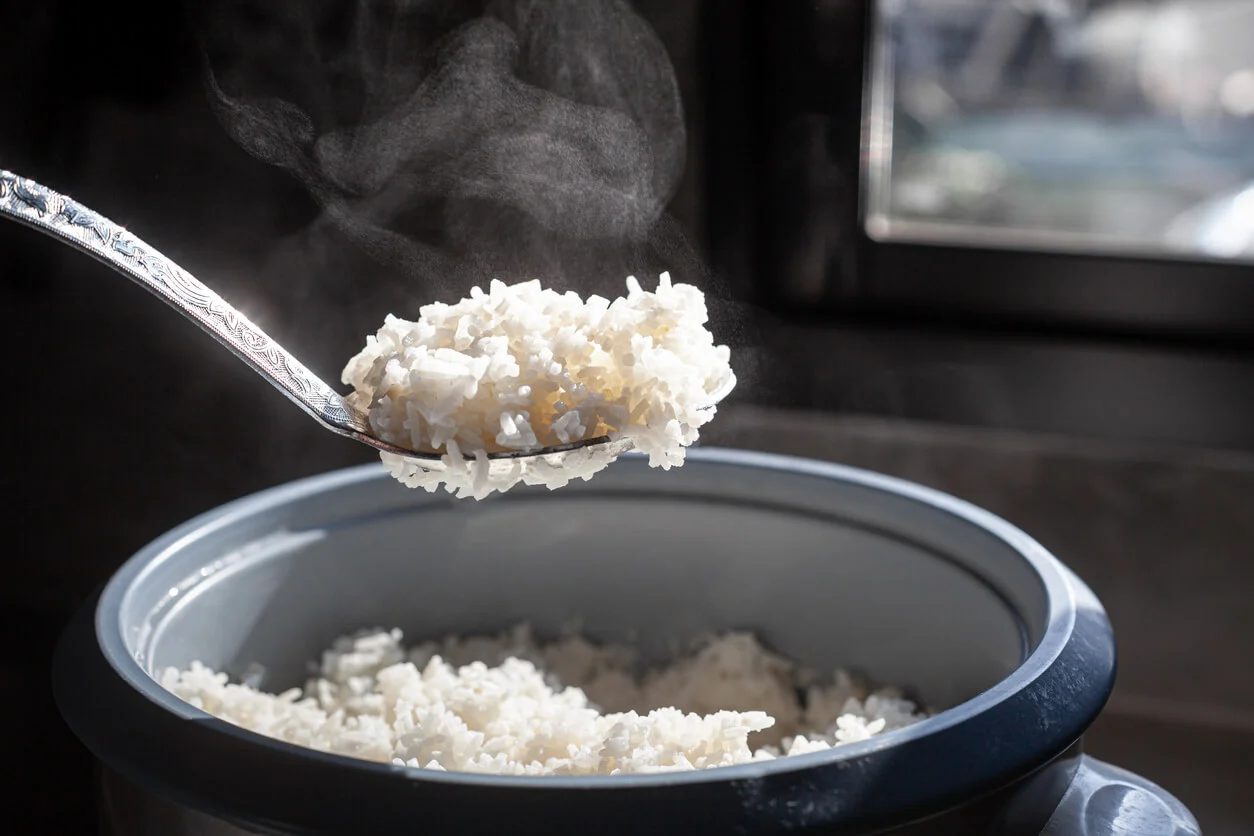
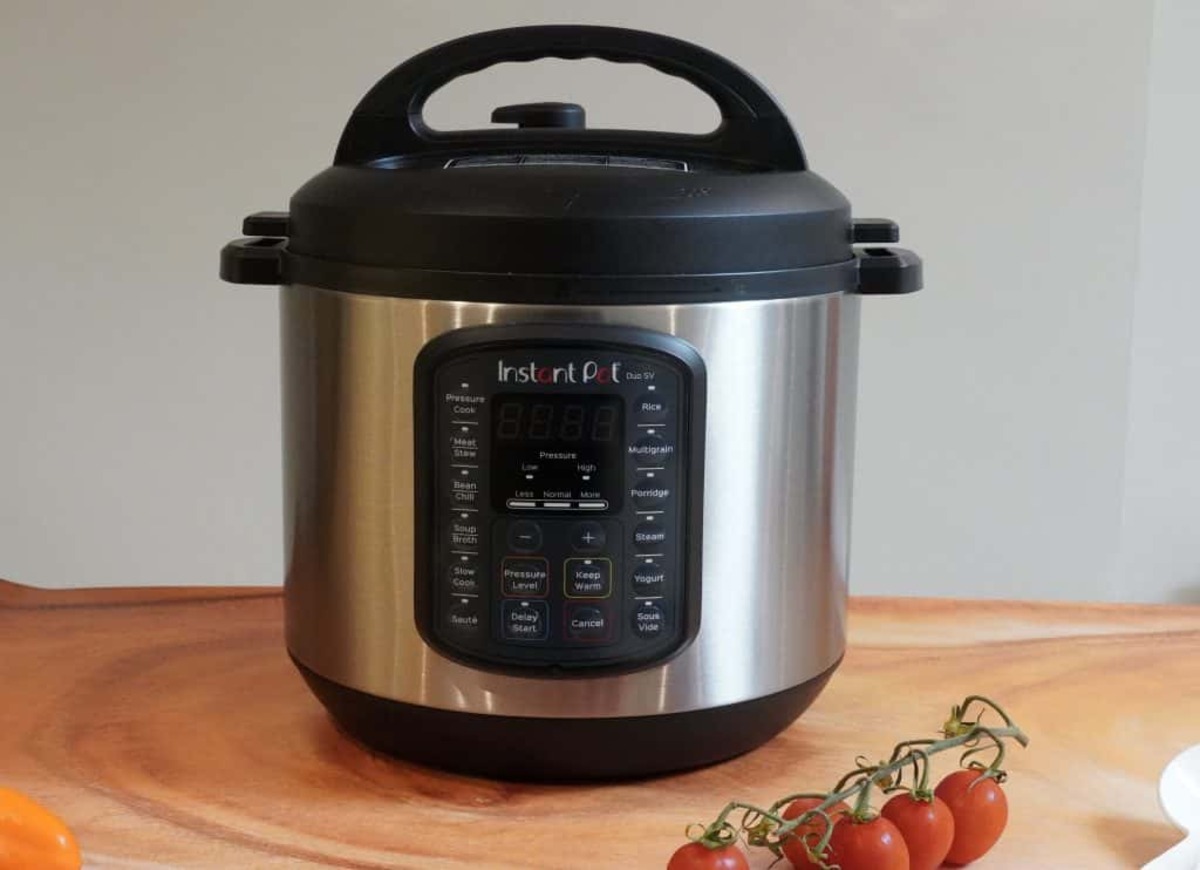

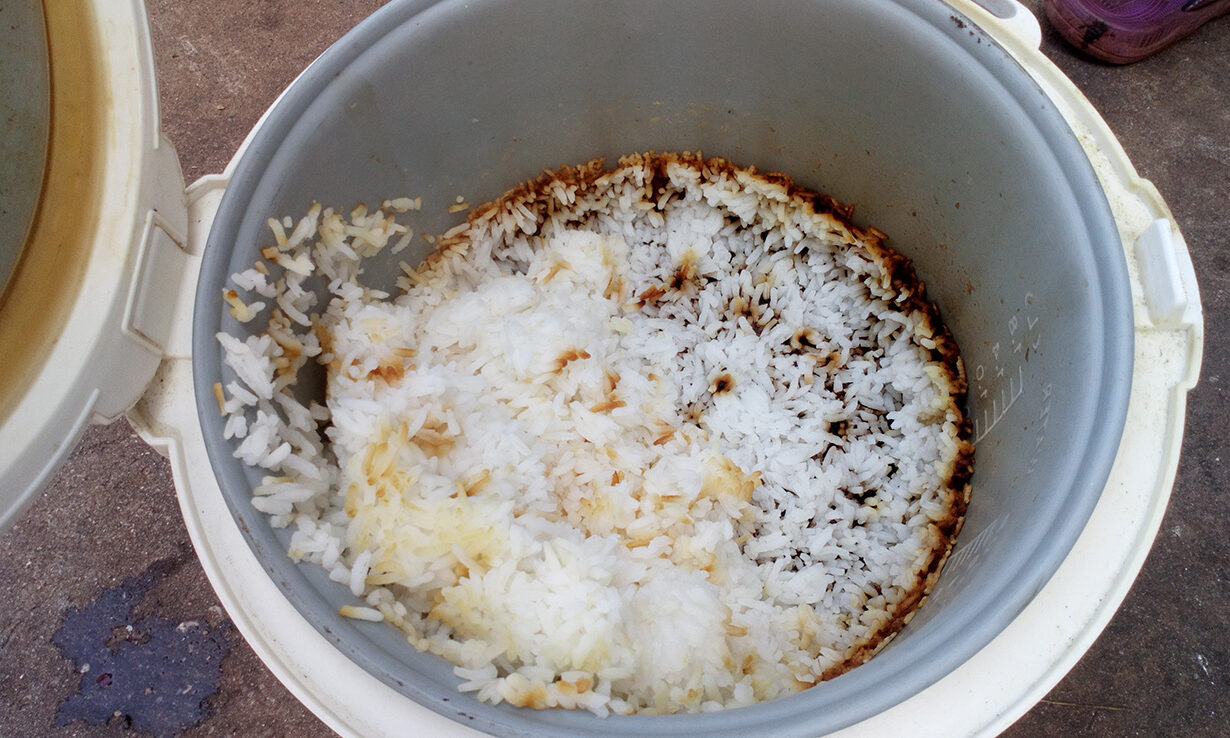
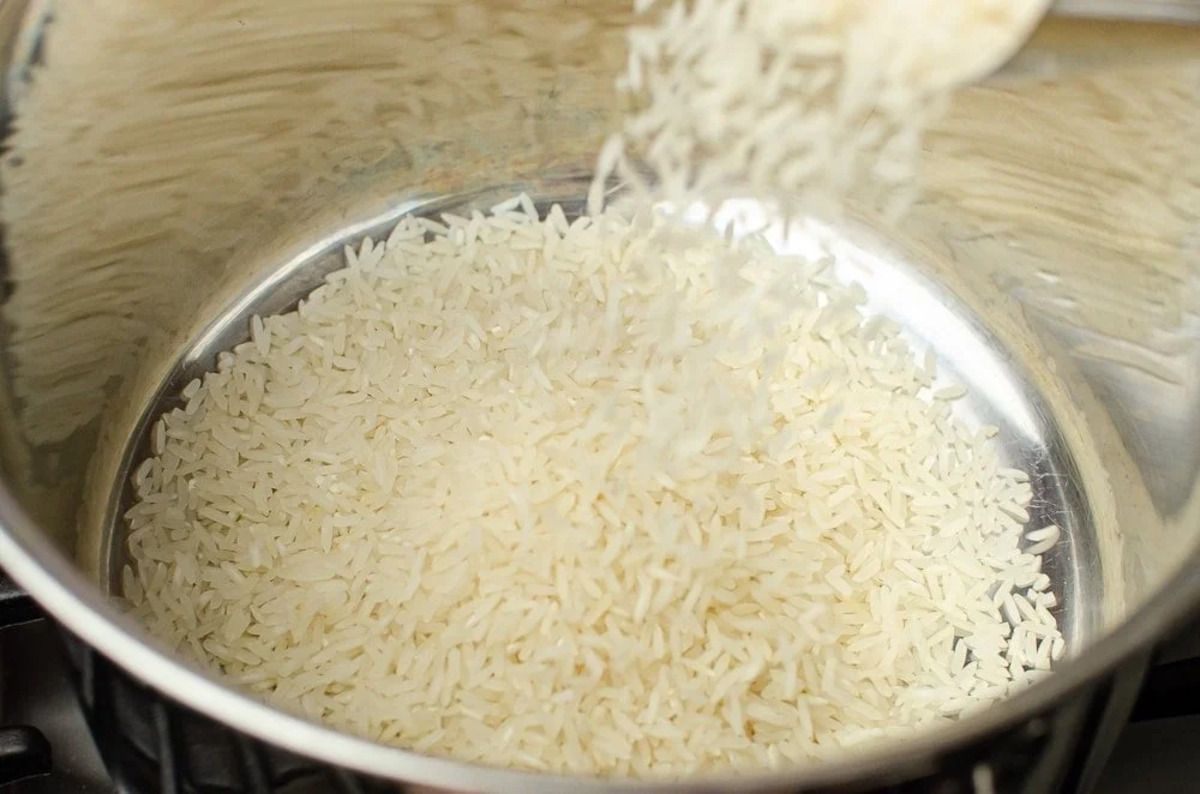

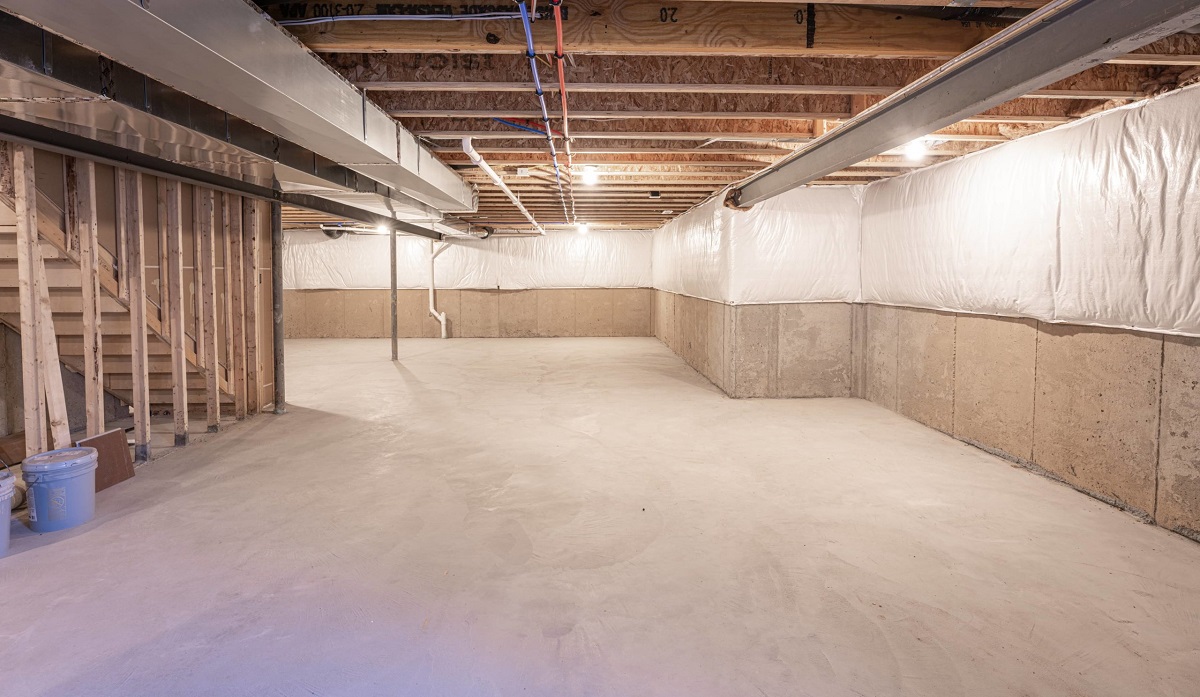
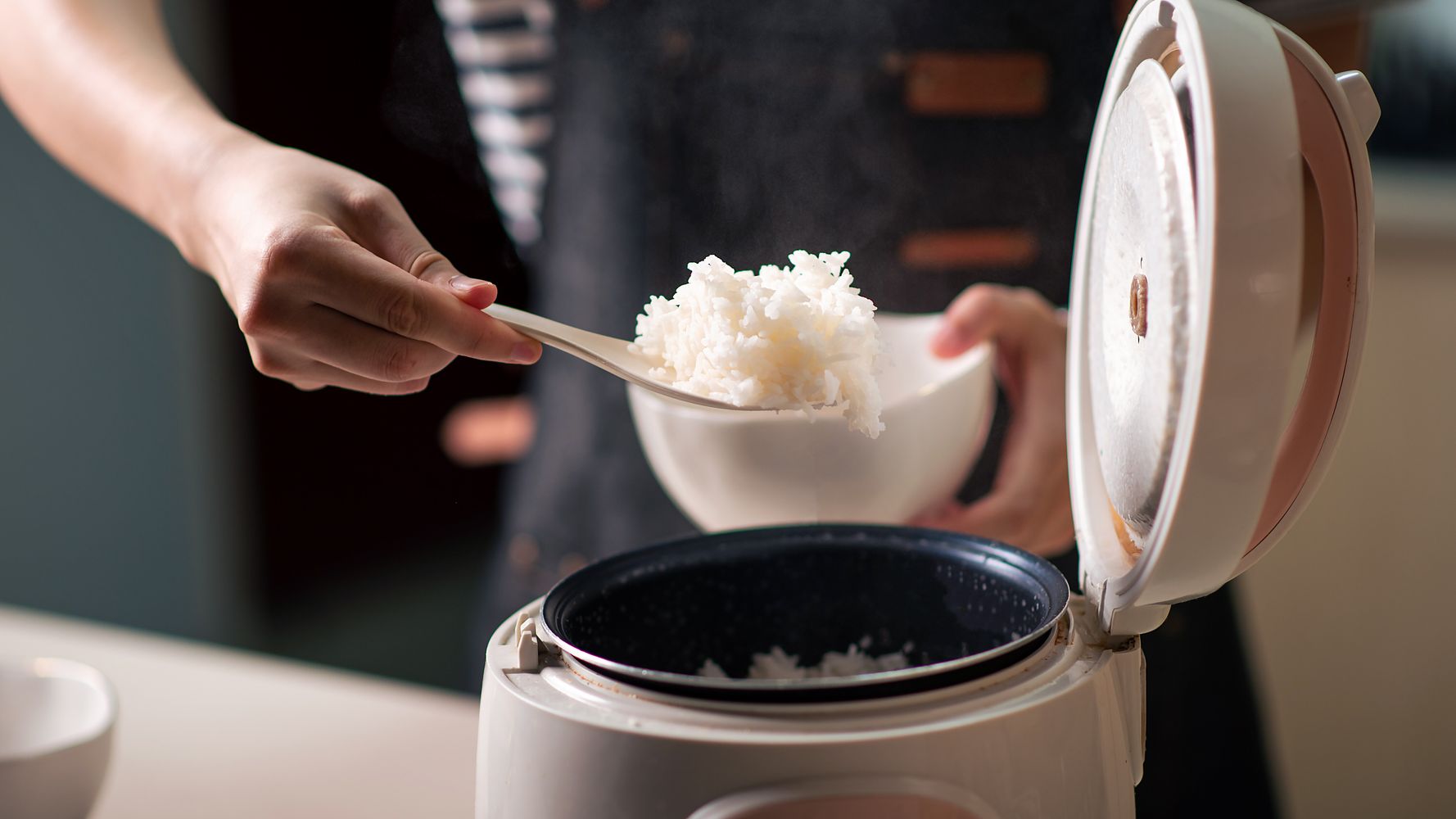

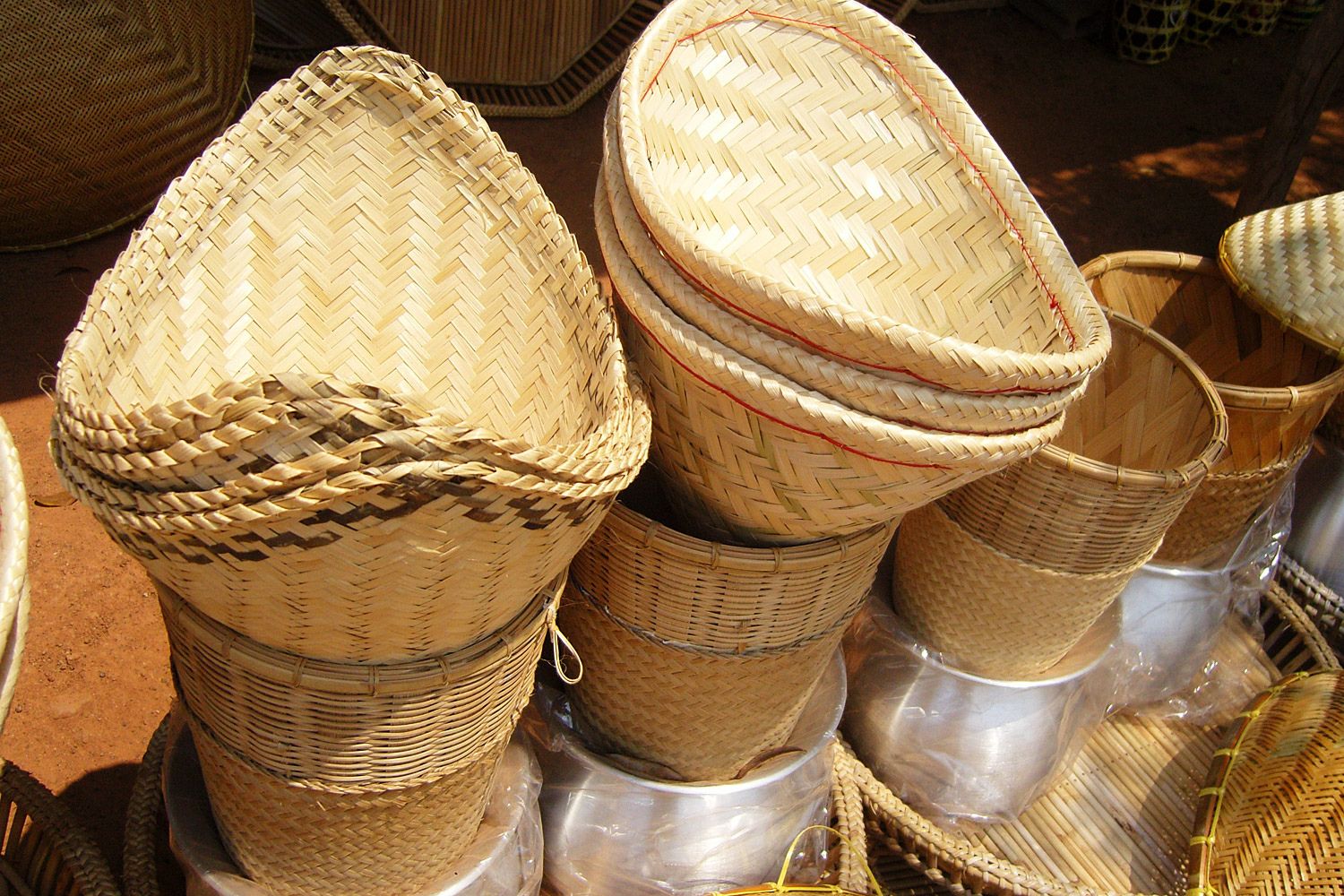



0 thoughts on “Why Is My Rice Sticky In The Rice Cooker”